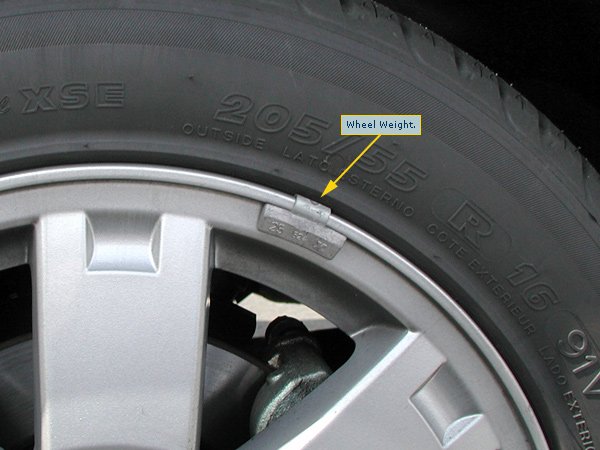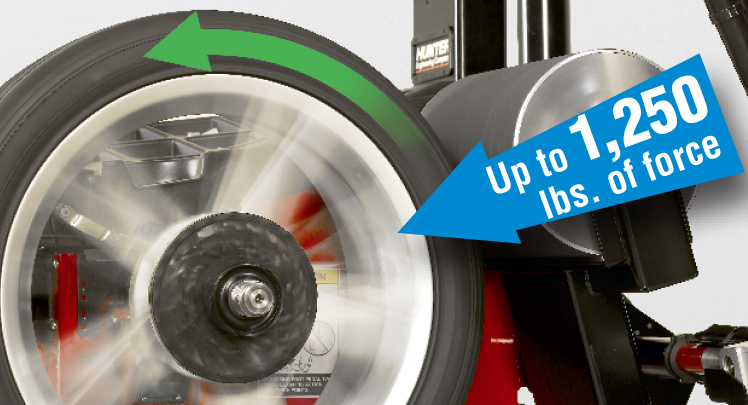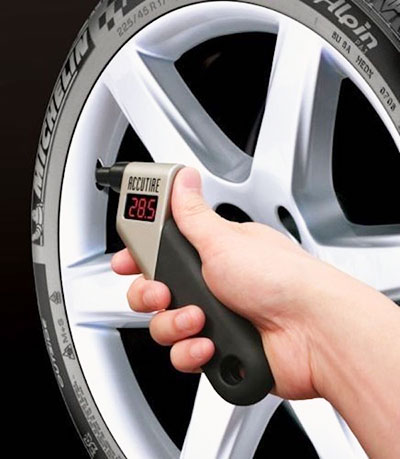Posted on 3/7/2016

Living in NYC is a balancing act for us and your tires & wheels! Well, here's one more thing to balance...your drive. A smooth, flawless ride is important for your vehicle especially your tires, front end and brakes. Today, we're talking about getting our wheels and tires to rotate at varying speeds without vibrations. Here's a secret...even brand new tires are not perfectly round. More secrets, sssh....the weight of your tires are not perfectly distributed. In some spots they are lighter and in others they are heavier. And any of the above can lead to vibrations and less than a smooth ride. Tires that are not balanced can really be a huge issue because vibrations are the least of your issues. The real cost is very rapid tire wear of your brand new tires and your suspension will suffer greatly costing some bucks you don't need to spend. At 106 St Tire new tires are mounted on wheels then they're spun-balanced by computer to detect vibrations. Many vibrations can be eliminated by r ... read more
Posted on 2/22/2016

free with purchase of 4 tires at all 106 St Tire locations:FREE wheel alignmentFREE tire mountingFREE tire balancingFREE valves if neededFREE tire rotations for the life of your purchased tiresFREE nitrogen-fill for one year106 St Tire & Wheel locations offers our customers an all-in-one package deal when you buy tires. There are no service add ons. When we give you a price, it includes everything and you can expect no surprises.We offer appointments to save you time and we're open 24 hours to make things convenient in the city that never sleeps.Call us for a customer friendly price, great free services and make an appointment online.Our 24 hour locations are 106-01 Northern Blvd and 105-08 Northern Blvd, call 718-446-6769 everyday of the year except Christmas.We appreciate your ... read more
Posted on 2/1/2016

...road vibrations can bring you some ugly results 106 St Tire has the solution and can diagnose them with Hunter Road Force Diagnosis. Technology's way of bringing road conditions into our shop so a trained tech can experience what you do on the road is made possible by Hunter Road Force Diagnostics. Instead of cruising the roads with you, tech experts get to experience shimmies, shaking and other road force issues in our shop. By simulation of road conditions, we can see what's creating your unique issue and correct it. Our iconic location operating for more than 2 decades and open 24 hours everyday of the year at 106-01 Northern Blvd 718-446-6769 has this great technology to assist customers and our techs in getting to the "heart of the matter" in an expedient manner conveniently so we can experience vibrations that are present when you are driving your car at almost any speed. Come on in any day of the year except Christmas, 24 hours a day, including all holidays and 106 St Tire t ... read more
Posted on 1/7/2016

....how long your tires last can be up to you and this article will tell you how and why. It's fair to expect 50,000 miles from new tires or the tires that come with any new vehicle. However, like anything tire life depends on so many factors. If you leave a light bulb on day and night its going to last a shorter time then if you just turn it off after few hours, right? In NYC we drive under "severe" conditions. Stop and go in heavy traffic is tough on a car's brakes. Pot holes and other less than perfect road conditions impact tire life and so does "maintenance apathy" meaning if you don't maintain proper tire inflation, get wheel alignments, rotate tires, guess what, you may not get that 50,000 miles which is a broad guideline and not an absolute for sure. One of the large tire companies recently won a big case against an owner who claimed the tires she purchased were defective. Turns out the tire company could scientifically demonstrate through wear patterns that she had been drivi ... read more
Posted on 11/18/2015

Emergency Winter Roadside Kit; YOU NEED ONE! (part 2) Stay warm 1) Keeping your body temperature regulated and avoidance hypothermia in a winter emergency is crucial. Please keep your clean cloth items in plastic bags to make sure they stay dry. Pack extra pairs of gloves and socks along with an extra hat and/or a facemask to keep you as warm as possible so you can change if yours get wet while changing a tire. Also, a second pair of insulated shoes or boots are important as extremities need extra warmth and if one pair gets wet. 2) Store at least two blankets in your kit or in your trunk. Include chemical hand warmers and a mylar blanket which looks like a thin piece of aluminum foil, but works with your body heat to keep your temperature consistent. Wool blankets are warmer than acrylic and don't skimp on the size. You will need this to keep your entire body warm and comfortable.5: Include flashlights 1) Your emergency kit should include several fl ... read more